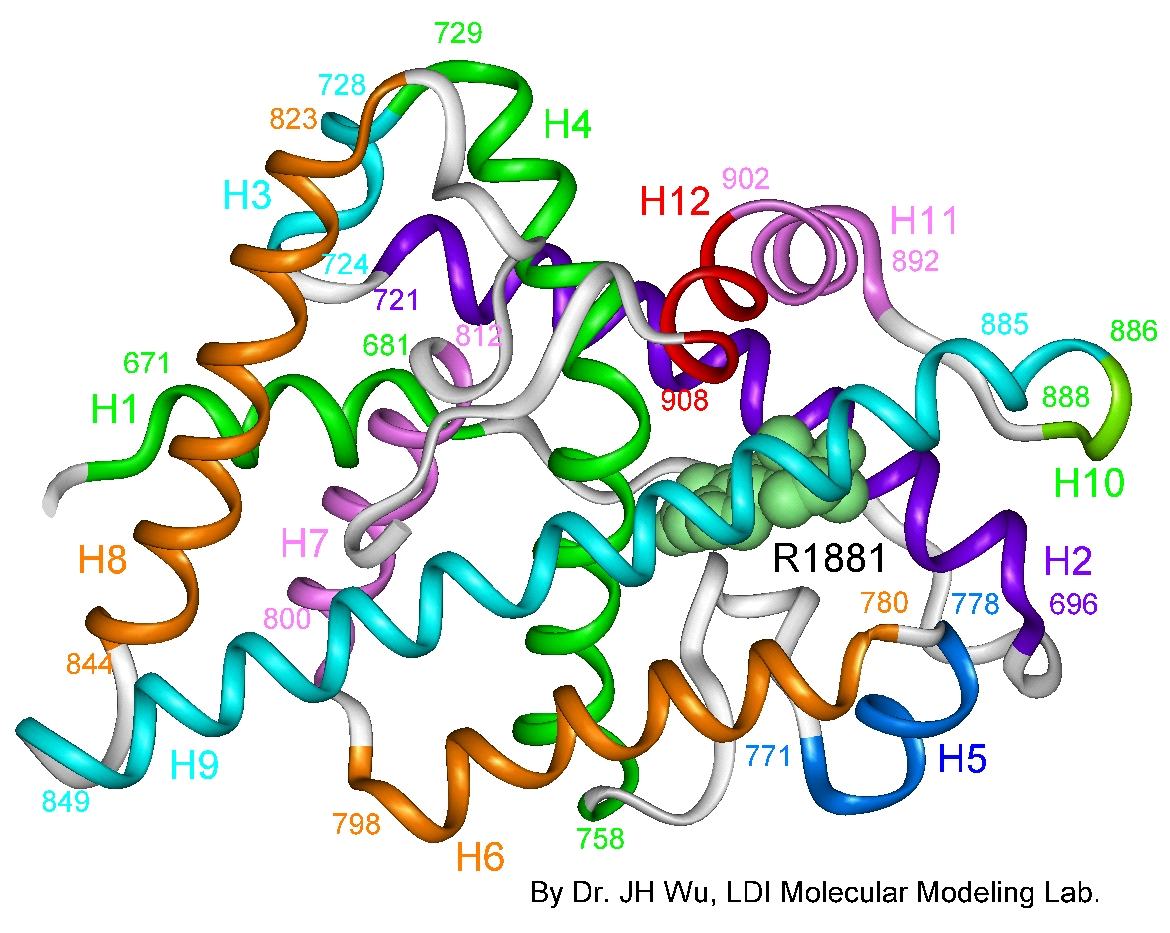Complete Androgen Insensitivity Syndrome

Complete androgen insensitivity syndrome (CAIS) is a form of androgen insensitivity syndrome (AIS; see this term), a disorder of sex development (DSD), characterized by the presence of female external genitalia in a 46,XY individual with normal testis development but undescended testes and unresponsiveness to age-appropriate levels of androgens.
Epidemiology
The estimated incidence is between 1/20,000 and 1/99,000 live male births.
Clinical description
The typical presentation is primary amenorrhea in an adolescent female. CAIS may also present in infancy or childhood with an inguinal hernia or labial swelling containing a testis. Breast development at puberty is normal, but pubic and axillary hair is absent or scanty. The external genitalia are normal female but internal female genitalia are absent. Adult patients are tall. Other presentations may be serendipitous from a mismatch in prenatal sexing (XY) and birth female phenotype, history of an inguinal hernia repair in an older sister, or development of a pelvic tumor in later adult life.
Etiology
The condition is due to mutations in the androgen receptor (AR) gene which is located on the long arm of the X-chromosome (Xq11-12). The AR is a nuclear transcription factor comprising three functional domains. Mutations are distributed throughout the gene, predominantly in 5 of the 8 exons that code for the ligand binding domain. The CAIS phenotype is associated with an AR mutation that completely disrupts AR function; target cells do not respond to testosterone or dihydrostosterone (DHT). An AR mutation is found in more than 95% of patients with CAIS; 30% are de novo mutations.
Diagnostic methods
The diagnosis is based on clinical and biochemical findings in a female with a 46,XY karyotype. The typical hormone profile is increased basal luteinizing hormone (LH) and testosterone levels in adults, and increased testosterone levels in infants following human chorionic gonadotropin (hCG) stimulation. Serum anti-Müllerian hormone (AMH) levels are normal or increased. Pelvic ultrasound or MRI reveal absent Müllerian structures (uterus, Fallopian tubes and upper vagina), due to the action of testicular anti-Müllerian hormone (AMH). Wolffian duct derivatives (vas deferens, epididymis, seminal vesicle) are absent due to androgen resistance. Mutation analysis of the AR gene confirms the diagnosis.
Differential diagnosis
Differential diagnoses include 17-beta-hydroxysteroid dehydrogenase deficiency, Leydig cell hypoplasia, XY complete gonadal dysgenesis (Swyer syndrome), 5-alpha-reductase type 2 deficiency and variants of congenital adrenal hyperplasia (see these terms).
Antenatal diagnosis
Antenatal diagnosis is seldom indicated.
Genetic counseling
he condition is X-linked recessive. Affected families should be offered genetic counseling in order to be informed of the risk of recurrence and to identify other potential carriers in the family.
Management and treatment
Management includes removal of the testes, either after puberty when feminization is complete or before puberty, followed by estrogen replacement therapy at the age of puberty. Vaginal dilatation may be indicated to avoid dyspareunia. Adults require bone mineral density scans every five years. Psychological support is required for disclosure.
Prognosis
Prognosis for patients with CAIS is favorable if support and counseling are appropriate. Adults have normal female gender identity. Patients are infertile and have an increased risk of osteoporosis if hormone replacement is inadequate. The risk of carcinoma in situ (a pre-malignant disorder) and gonadoblastoma is less than 5%.